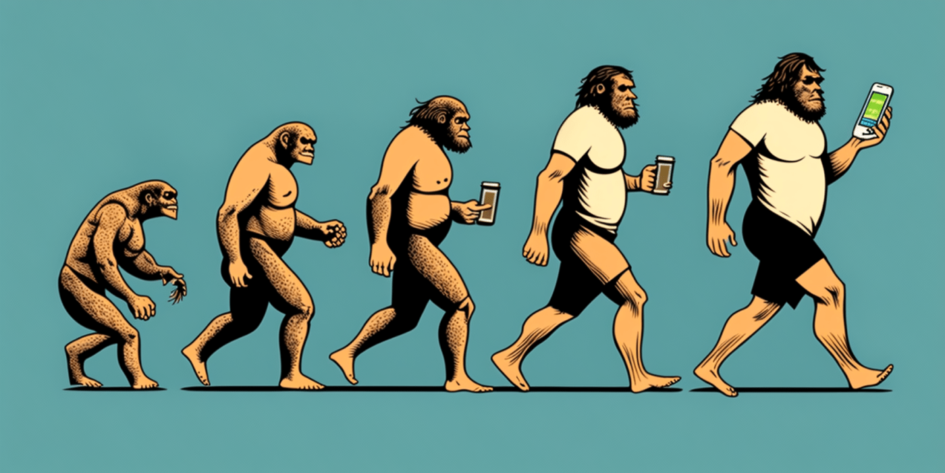Content of Genetic Algorithms:
Introduction
Genetic algorithms (GAs) are a subset of machine learning algorithms that are modeled after the process of natural selection. They are used to solve complex optimization problems, where traditional methods are not effective. In this blog post, we will explore the concept of genetic algorithms, their applications, and how they are used in AI.
How Do Genetic Algorithms Work?
Genetic algorithms work by simulating the process of natural selection. The algorithm creates a population of potential solutions to a problem and then applies genetic operators such as mutation and crossover to evolve the population over time. The fittest individuals in the population are selected for reproduction, and their offspring inherit their genetic traits. This process continues until a satisfactory solution is found.
One of the key advantages of genetic algorithms is that they can explore a vast search space of potential solutions. This means that they are capable of finding solutions that might be missed by traditional methods.
However, genetic algorithms can be computationally expensive, as they require a large number of iterations to converge on a solution. Additionally, the results produced by genetic algorithms are not always optimal and may require additional refinement.
Applications of Genetic Algorithms
Genetic algorithms are used in a wide range of applications, including engineering, finance, and bioinformatics. They are particularly useful in situations where traditional optimization methods are not effective or where the search space is too large.
One example of a genetic algorithm application is in the design of aerodynamic shapes for airplanes. By using genetic algorithms to optimize the shape of the plane, engineers can reduce drag and increase fuel efficiency.
Another example is in the field of bioinformatics, where genetic algorithms are used to analyze DNA sequences and identify patterns that may be associated with certain diseases.
Advantages
One of the key advantages of genetic algorithms is their ability to explore a vast search space of potential solutions. This means that they are capable of finding solutions that might be missed by traditional methods.
Additionally, genetic algorithms are highly adaptable and can be used in a wide range of applications. They can also be easily combined with other machine-learning algorithms to create more complex systems.
Finally, genetic algorithms are capable of handling noisy data, which can be a challenge for traditional optimization methods.
Disadvantages
While genetic algorithms have many advantages, they also have several key disadvantages. One of the biggest challenges is that they can be computationally expensive, as they require a large number of iterations to converge on a solution.
Additionally, genetic algorithms can produce suboptimal results if the fitness function is not well-defined or if the population is not diverse enough. Finally, genetic algorithms can be difficult to interpret, which can make it challenging to understand why a particular solution was chosen.
Real-World Examples
One real-world example of a genetic algorithm in action is in the field of finance, where they are used to optimize investment portfolios. By using genetic algorithms to optimize the allocation of assets, investors can minimize risk and maximize returns.
Another example is in the field of robotics, where genetic algorithms are used to optimize the behavior of robots. By using genetic algorithms to evolve the behavior of a robot, engineers can create robots that are better adapted to their environment.
Finally, genetic algorithms are used in the field of game development, where they are used to create more intelligent and challenging opponents for players to compete against.
Limitations of Genetic Algorithms
While genetic algorithms are a powerful tool, they also have their limitations. One of the biggest challenges is that they can be computationally expensive, which can make them impractical for certain applications.
Additionally, genetic algorithms can produce suboptimal results if the fitness function is not well-defined or if the population is not diverse enough. Finally, genetic algorithms can be difficult to interpret, which can make it challenging to understand why a particular solution was chosen.
Future of Genetic Algorithms
As machine learning continues to evolve, genetic algorithms are likely to become even more important. One area of growth is in the field of deep learning, where genetic algorithms can be used to optimize neural network architectures.
Additionally, genetic algorithms are likely to be used in the development of more complex autonomous systems, such as self-driving cars and drones.
Finally, genetic algorithms are likely to be used in the development of more intelligent and adaptive robots, which will be better able to navigate and interact with their environment.
Conclusion
Genetic algorithms are a powerful tool for solving complex optimization problems. They are modeled after the process of natural selection and are capable of exploring a vast search space of potential solutions.
While genetic algorithms have their limitations, they are likely to become even more important as machine learning continues to evolve.
References and Additional Resources
For additional resources on genetic algorithms, check out the following:
Do you have an interesting AI tool that you want to showcase?
Get your tool published in our AI Tools Directory, and get found by thousands of people every month.
List your tool now!
